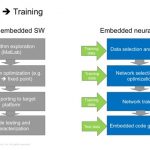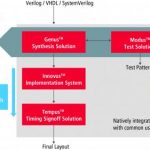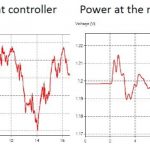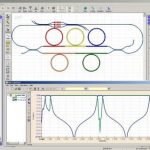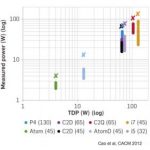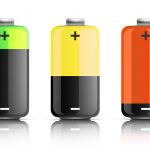If you are not yet familiar with the term Convolutional Neural Networks, or CNN for short, you are certainly bound to become in the year ahead. Using Artificial Intelligence in the form of CNN is on the verge of replacing a large number of computing tasks, especially those involving recognizing things such as sounds, shapes, objects,… Read More
Tag: cadence
Cadence Adds New Dimension to SoC Test Solution
It requires lateral thinking in bringing new innovation into conventional solutions to age-old hard problems. While the core logic design has evolved adding multiple functionalities onto a chip, now called SoC, the structural composition of DFT (Design for Testability) has remained more or less same based on XOR-based compression… Read More
DesignCon 2016 — signal integrity must be power-aware!
DesignCon is a unique conference — its tagline is “Where the Chip meets the Board”. Held each January in Santa Clara, the conference showcases a wealth of new technologies for advanced packaging, printed circuit board fabrication, connectors, cables, and related analysis equipment (e.g, BERT, VNA, scopes). Of specific… Read More
5nm Chips? Yes, but When?
For any invention, technical proof of concept or prototyping happens years ahead of the invention being infused into actual products. When we talk about 5nm chip manufacturing, a test chip was already prototyped in last October, thanks to Cadence and Imec. Details about this chip can be found in a blog at Semiwiki (link is given … Read More
EDA and the Big Short!
A funny thing happened while I was reading “The Big Short: Inside the Doomsday Machine”. The book explains the subprime mortgage crisis in painful detail by profiling several key players who predicted and profited from the bubble pop. As a home owner and faux slumlord I had a front row seat to this horror show so it was an interesting… Read More
Semiconductors Future Hinges on a Single Pillar
A unique phenomenon has started manifesting itself under the slew of mergers and acquisitions this year in the semiconductor landscape. This phenomenon is bound to intensify in the near future and would positions itself as a key factor for the future of the semiconductor industry. The winners and losers in the game would be determined… Read More
The “Era of the Photon” is here!
The 50 year anniversary of the publication of Moore’s Law was recently celebrated, highlighting the tremendous advances in the Microelectronics Eraof the period in human history known as the Information Age. However, the technical and economic challenges currently faced by the microelectronics industry are bringing into… Read More
Auto Introspection
It is an indictment of our irrationality that our cars are now more health-conscious than we are. Increasingly safety-conscious readings of the ISO26262 standard now encourage that safety-critical electronics (anti-lock braking control for example) automatically self-test, not just at power-on but repeatedly as the car… Read More
Palladium Moves Power (and Temperature) Modeling to the System Level
I had a debate with Steve Carlson of Cadence earlier in the year at the EDPS conference on whether there were really any truly effective solutions for doing power estimation in emulation. I thought there weren’t and he said I was wrong. After attending the Cadence front-end summit last week, I have to admit he has a point.
First, who… Read More
Cadence Enters the RTL Power Estimation Game
At the Cadence front-end summit last week, Jay Roy presented the Cadence Joules solution for RTL (and gate-level) power estimation. Jay is ex-Apache, so knows his way around RTL power estimation which should make Joules a product to watch. Joules connects very natively to Palladium for power characterization for realistic software… Read More


